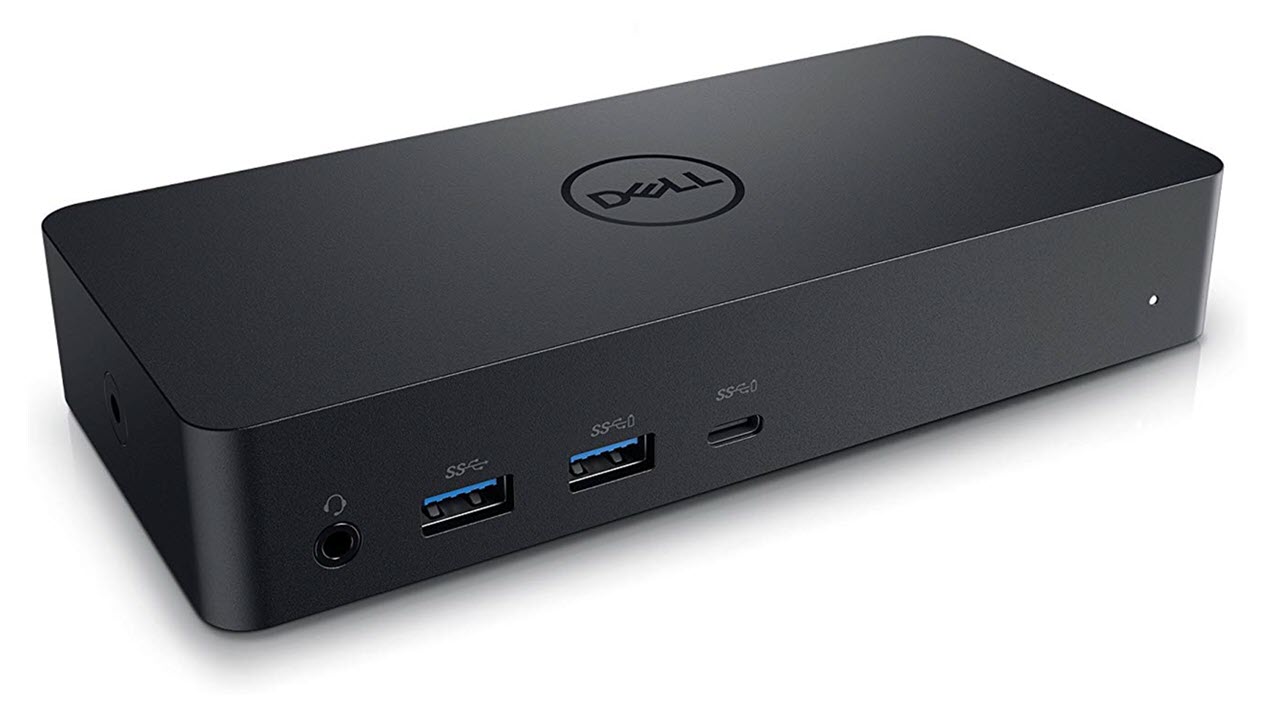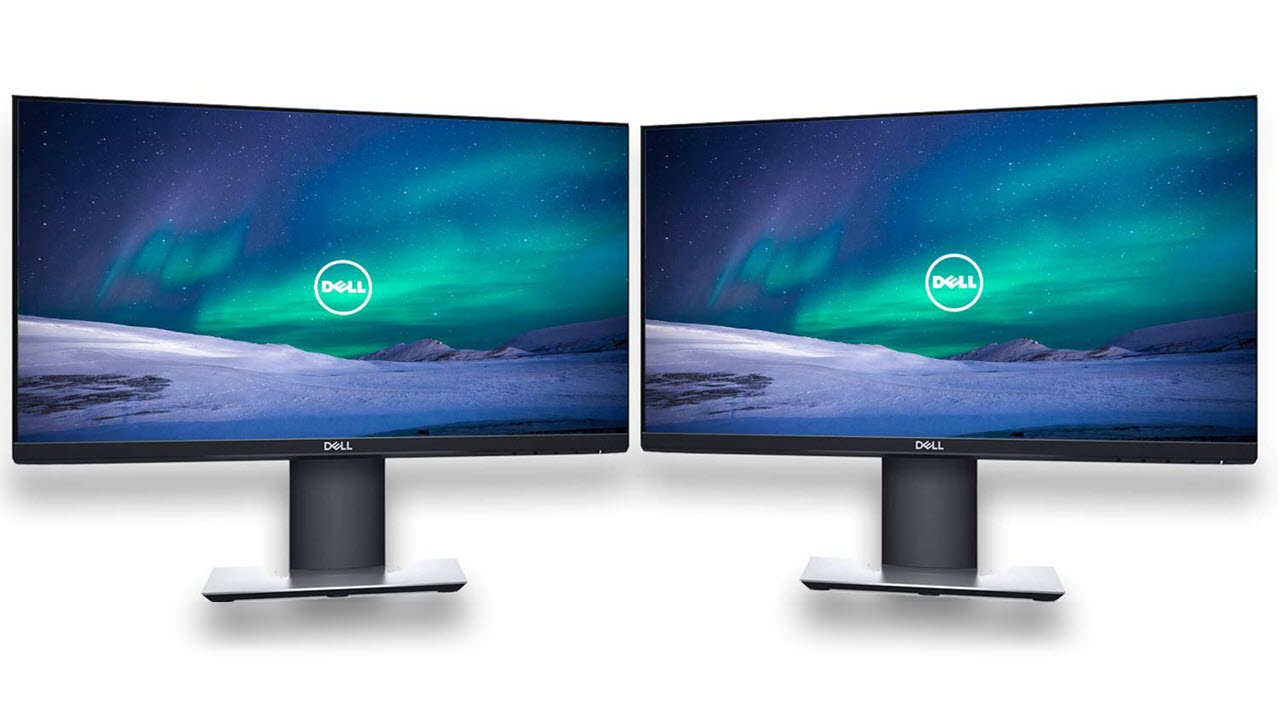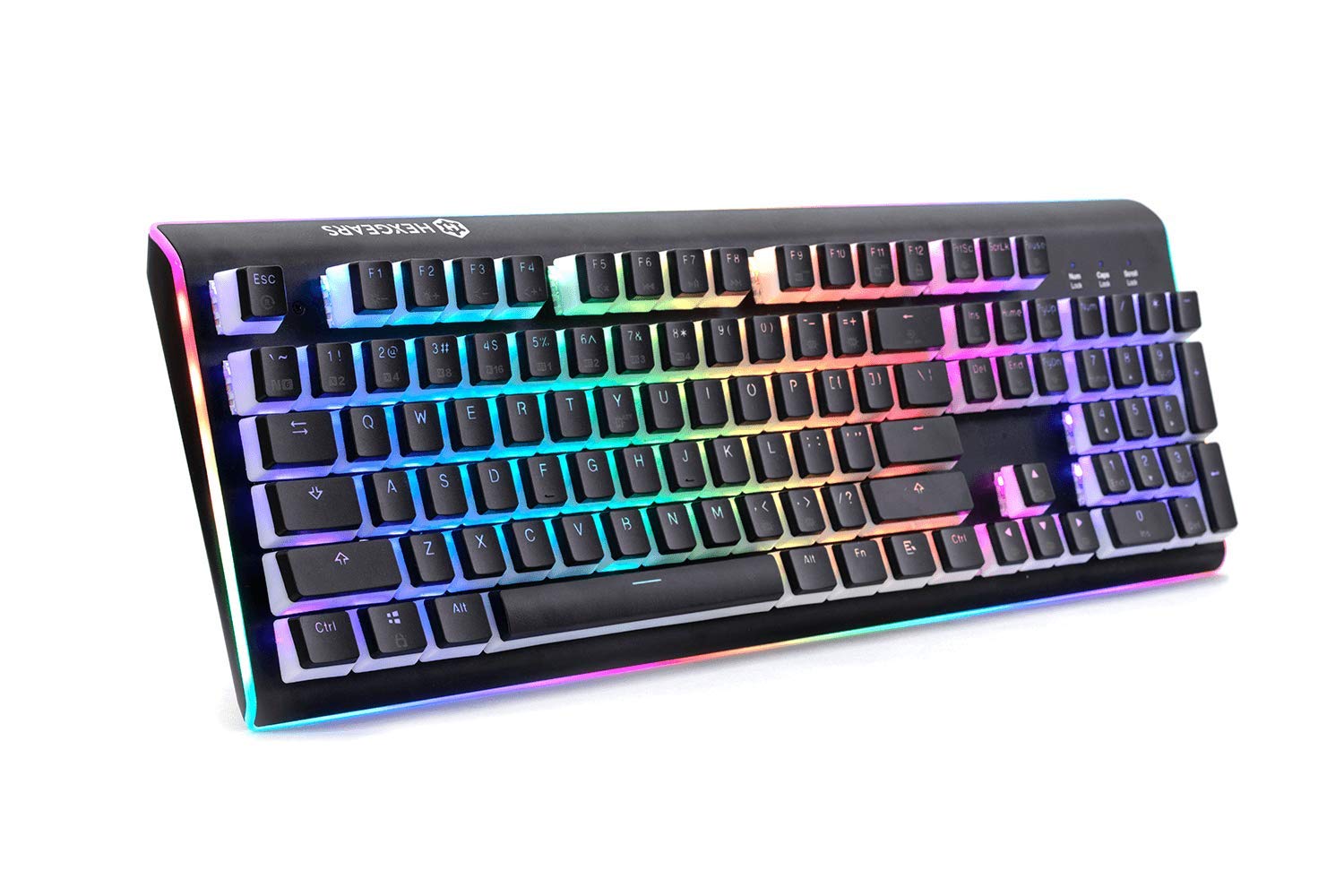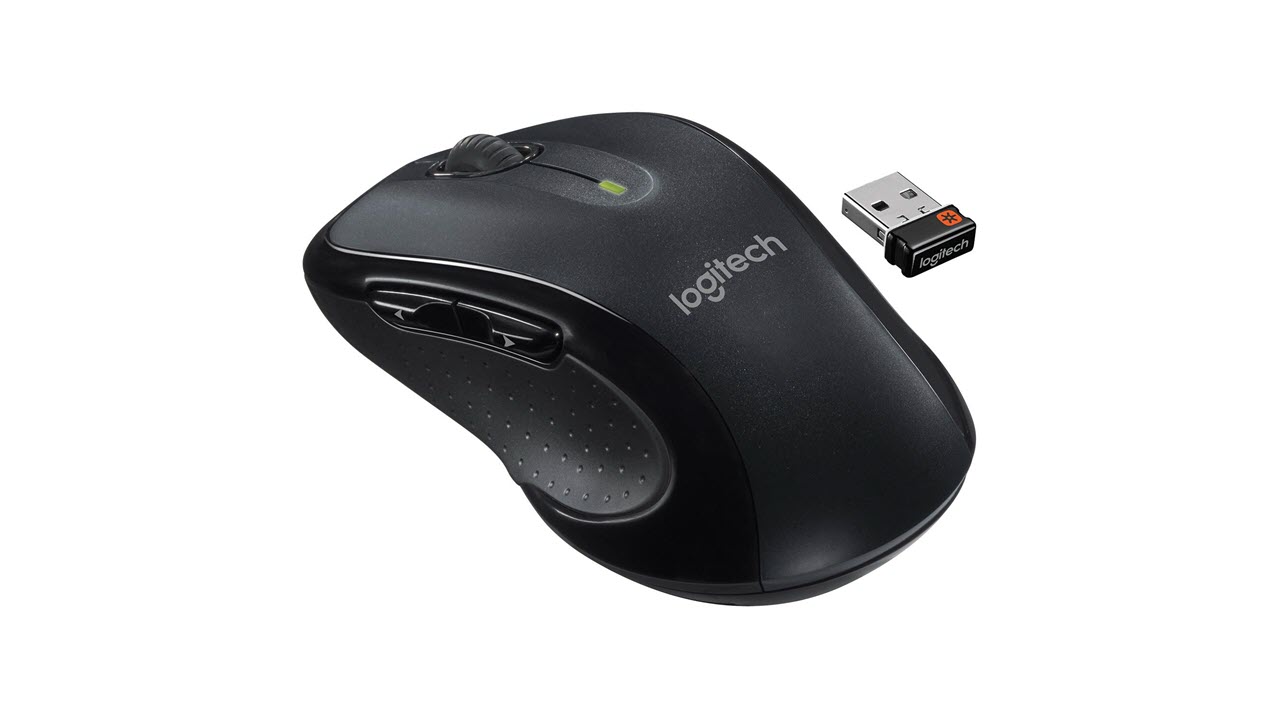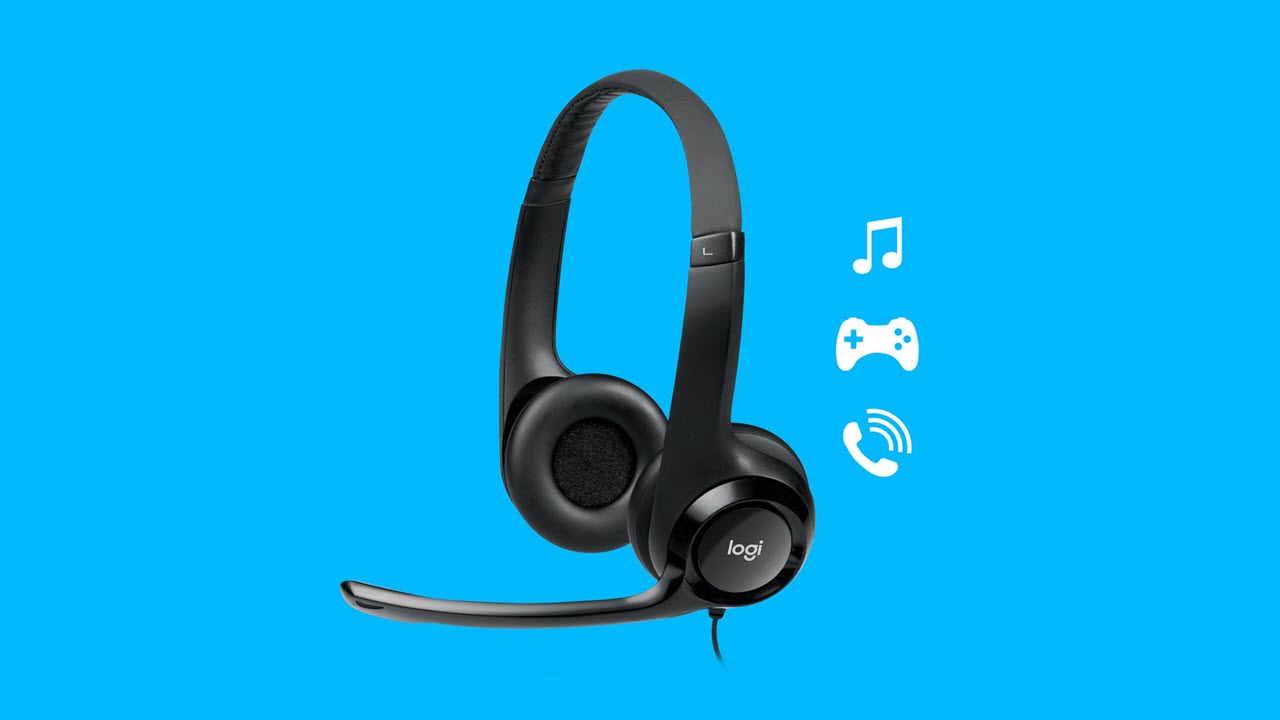Working from Home: Tips and Tools to Keep You Productive
Don’t work in your pajamas.
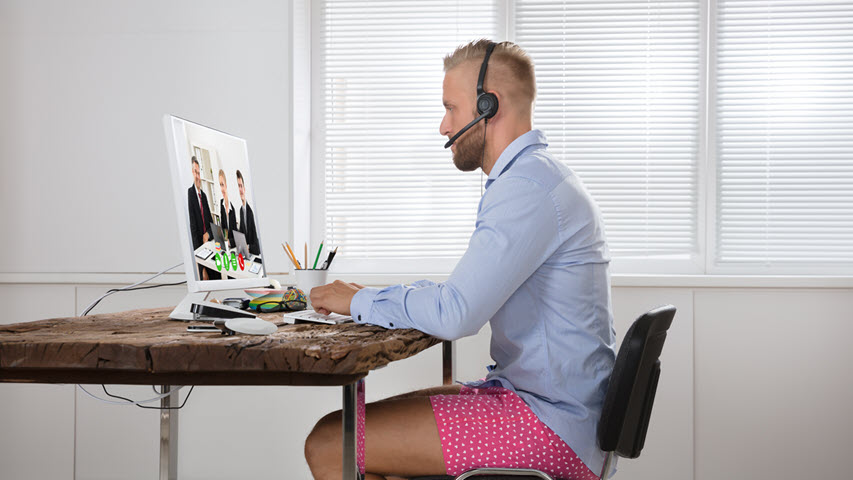
With COVID-19, aka the Coronavirus, spreading around the world, more and more businesses are asking employees to work from home. For the millions of remote workers who have been logging on from the living room for years, this request is no change at all. However, if you’re used to going into the office every day, suddenly being stuck in your house and trying to be productive there can be a challenge.
There are four potential problems with working at home that you won’t experience in person:
- In-Home Distractions: Whether it’s your cat jumping on your lap, your toddler screaming for attention or your partner asking you to just take a minute to do the laundry, people and / or animals may be asking for your attention. The environment of your home could be a distraction too, as it’s filled with items like your TV, your snack pantry and your video game console.
- On-computer Distractions: Even when you’re in the office, it’s a challenge to avoid checking social media or reading the headlines on a news website. At home, with nobody looking over your shoulder, it’s even more tempting.
- Isolation: When you’re at the office, you have coworkers to talk to throughout the day, but at home, you’re staring at the wall. That gets kind of depressing.
- Lack of tools: At work, you may have a have a fancy office chair, multiple monitors and a good keyboard and mouse. But perhaps at home, you don’t have all of that.
Tips for Working at Home
Here are some tips to help you deal with these problems and be your best.
1. Install anti-distraction software. It’s far too easy, even when you’re at work, to check Twitter to see what latest outrage or horror is happening out in the world. Use browser extensions such as Stay Focused to restrict your access to social media, news and other time-sucking sites during the work day.
2. Lay down the law with family / roommates: You may have to practice some tough love, but tell them know that they cannot ask for your attention at all during the workday.
3. Find a dedicated space for work. The ideal situation is to have a home office that’s a separate room with a door that closes. However, even if you have a studio apartment, you can probably find a corner to designate as your workspace. Go into this space at work time and leave when work is done or for breaks. If it’s an office, shut the door when you’re in it and when you leave for the day.
4. Dress for work. Do not work in your pajamas. To get in the mindset for productivity, take your shower, brush your teeth and put on work clothes just as you would when going into the office.
Get Tom's Hardware's best news and in-depth reviews, straight to your inbox.
5. Start the day with work that requires less creative thinking. At home or sometimes even in the office, it’s hard to get “into the zone” when you first start working. For me, writing articles or doing long-form edits requires the most engagement, so I like to start with less creative work such as approving invoices or generating reports.
6. Keep a set schedule. To maintain work / life balance, log on at the time when you would have arrived at the office and log off at the time you would have left.
7. Use video conferencing rather than phone calls for meetings. It’s important to see and be seen when you’re not at work so keep your webcam on and ask that your colleagues do the same for meetings.
8. Notify coworkers when you log on / off for a long time. If your team uses an instant messaging app such as Slack to communicate, people, including your boss, may expect an immediate response when they message you. If you’re going to be at lunch for an hour or logging off for the day, it’s good practice to post something in chat to let people know you won’t be around.
You don’t have to tell everyone when you take a bathroom break or grab a soda from the fridge. It’s also good practice to tell your team when you log on in the morning so they know you are available.
Best Work-From-Home Tools
At the office, your employer provides you with more than just a desk and chair. Chances are that you have extra peripherals to plug your work laptop into. Here are some recommended tools for improving your work-from-home productivity and comfort.
1. USB Docking Station
At the office, you probably have a keyboard, mouse and one or more external monitors to connect your work laptop to. Make it easy to do the same thing at home by getting a USB docking station that will give you access to all of your peripherals and to multiple monitors over a single connection.
If your laptop can charge via USB Type-C and you can afford to pay at least $150, get a dock that can both charge and exchange data over a single cable. The most affordable pick here is the Dell D6000 (your laptop does not need to be a Dell), which can support up to three displays and provides 60 watts of charging power for just $152.
Otherwise, a USB 3.0 dock, which requires you to plug in your laptop’s AC adapter separately, goes for around $89 for a model that supports dual 1080p monitors. There are several options in this price range, but we recommend Plugable’s UD-3900, because our colleagues at Laptop Mag have tested it and like it.
Dual Monitors
If you don’t already have multiple monitors at home, you really need to take the leap. Having two screens allows you to multitask better by putting different apps on different screens. For example, you might have your instant message or email client on one screen while you edit / create documents on the other. Yes, you can do this by snapping windows to either side of the screen, but with two monitors you can have four apps each taking up half a screen.
While you can buy an inexpensive secondary monitor to add to your current setup, the best situation is to have monitors that match exactly. Dell, which is one of the best productivity monitor makers, sells a number of dual-monitor kits, though you could always just buy two of the same monitor. The most affordable is the Dell P2219H set, which has a pair of thin-bezzled, 1080p screens for less than $300.
High-Quality Webcam
Let’s face it: The built-in camera on your work laptop is probably garbage and, when it’s docked to your external monitor(s), the lid might be closed. You’ll get much better image quality from one of Logitech’s C920 series of wide-angle, 1080p cameras. Logitech’s C920S sells for $67 and comes with a privacy shutter.
Mechanical Keyboard
Even if your laptop has one of the best keyboards on the market, it’s no match for a high-quality desktop mechanical keyboard. Any of the products on our best gaming keyboards list would be a solid choice for typing, but my favorite is the Hexgears Impulse with Box White switches, which usually goes for around $79 for the non-RGB version. You have to like a clicky feel, but if you do, Box White switches (on any model of keyboard) are the best.
The Right Wrist Rest
What good is it to type on a comfy keyboard if your wrists are chafing and banging on your desk as you write? Treat your hands to a gel wrest, the best of which is HyperX’s Wrist Rest, which contains both cooling gel and memory foam and is just $17.
A Comfy Mouse
If you have an external keyboard attached to your work laptop, you need a mouse too. For productivity, my favorite mouse is Logitech’s M510. This wireless mouse lasts months on a charge, has a great ergonomic shape and has two thumb buttons, which by default function as forward and back buttons in your web browser.
A Conferencing Headset
With all the meetings you’ll be dialing into, you need a high-quality headset that’s comfortable enough to keep on your ears for an hour or more at a time. We maintain a list of the best gaming headsets, any of which would be great for work, but they all cost more than $50. For work alone, my favorite choice is Logitech’s H390, which has soft ear cups and a noise-cancelling mic for only $20.
MORE: Help Cure Coronavirus with Your PC's Leftover Processing Power
MORE: Can You Get Coronavirus From a Package Shipped From China?
MORE: Coronavirus Tech Show Cancellations: What’s Gone, What’s Still On
Avram Piltch is Managing Editor: Special Projects. When he's not playing with the latest gadgets at work or putting on VR helmets at trade shows, you'll find him rooting his phone, taking apart his PC, or coding plugins. With his technical knowledge and passion for testing, Avram developed many real-world benchmarks, including our laptop battery test.
-
JamesSneed These are all good tips. The trick is to wake up and get dressed like you normally would if you were going into work. Maybee dress slightly more more casual but at least enough that if you had to say run to the grocery store you could wear what you have on. I have worked from home for a decade or more and my wife is a teacher so she is around for summers. I get my coffee and say i'm going to work and shut my office door. That is the hint unless the door opens im 'at' work. If you really act no different when you go to work at home vs physically going in its really easy to not be distracted.Reply -
justin.m.beauvais I find that I am actually more productive at home. I have an issued work laptop, but the majority of my work isn't dependent on it. I find that I'm much more productive on my laptop as it is faster and a lot more powerful. It also has a larger screen and I have a monitor I connect it to so I effectively have dual monitors at home, which is something I don't have at work.Reply
Keeping distractions away is usually not a problem. The kids are at school, I don't have pets, and the wife is usually baking something so she is occupied. I have the same smartphone at home and at work, so I just set it on the desk and only check notifications. I have a Pixel 3a XL and have the always on screen enabled. It only tells me what my notifications are and what time it is. If it is something important I'll check it, if not it sits there. I try not to unlock it unless it is absolutely necessary. As for what to wear, I'm usually in a t-shirt and basketball shorts for maximum comfort. I also prefer my desk chair at home.
What I don't like is not having a desk phone. I don't want to be using my personal smartphone for work stuff, although I often have to, and having a desk phone with a work number is preferable. I also find that my office at work is better lit than my desk at home. Eye strain is harder to avoid at home as I look from bright monitors to papers on my less than well lit desk, and back and forth.
Over all I tend to get my work done faster at home as well. I type faster and more comfortably as I have a niver keyboard at home, am less distracted by coworkers, and I tend to take fewer breaks as I am more comfortable as I work. Plus I can have music in the background without headphones, adding to my comfort level.
Except when I am in Antarctica, but there most of my work is away from the desk... but that is a WHOLE other ball game.
